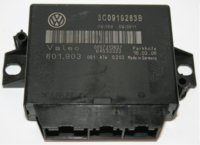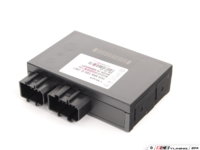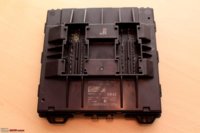Hoping someone can explain this with knowledge of what coding actually is and can explain to a lesser mortal like me how it works.
My understanding is that things like control modules are coded to the main ECU. The coding simply tells the ECU that the module is there and its functions.
Do any attached components then also have to be coded. For example airbag module is coded to ECU but the airbags themselves don't get coded to the module.
Saw another post where someone stated if the battery was replaced it needs to be coded to the vehicle. Couldn't get my head round that. It's an electrical component without any electronics. Is this correct?
My understanding is that things like control modules are coded to the main ECU. The coding simply tells the ECU that the module is there and its functions.
Do any attached components then also have to be coded. For example airbag module is coded to ECU but the airbags themselves don't get coded to the module.
Saw another post where someone stated if the battery was replaced it needs to be coded to the vehicle. Couldn't get my head round that. It's an electrical component without any electronics. Is this correct?





